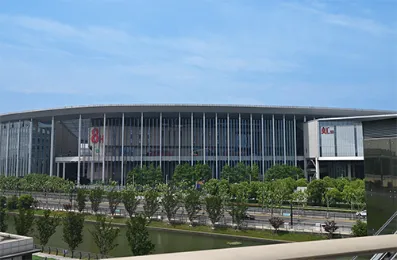Mobile:+86-311-808-126-83
Email:info@ydcastings.com
engine exhaust manifold casting
The Role of Engine Exhaust Manifold Casting in Automotive Performance
The engine exhaust manifold is a crucial component of an automobile’s engine system, serving as the interface between the engine’s cylinders and the exhaust system. Its primary function is to collect exhaust gases from multiple cylinders and channel them to the exhaust system, where they can be expelled safely from the vehicle. The process of manufacturing exhaust manifolds involves casting, a technique that plays a significant role in the overall performance and efficiency of the engine.
The Role of Engine Exhaust Manifold Casting in Automotive Performance
The materials used in casting exhaust manifolds are typically high-temperature alloys, including cast iron and various types of steel. Cast iron is particularly favored due to its excellent thermal properties and resistance to corrosion, which are vital for withstanding the high temperatures and stress generated by exhaust gases. However, advancements in material science have also led to the use of lighter alloys, which contribute to overall weight reduction in vehicles, thus improving fuel efficiency and handling.
engine exhaust manifold casting

One challenge in designing and casting exhaust manifolds is managing thermal expansion. As the engine operates, temperatures can reach extreme levels, causing the manifold to expand. If not correctly accounted for in the design process, this can lead to issues such as warping or cracking, potentially resulting in exhaust leaks or engine inefficiency. Engineers must carefully consider the thermal dynamics when creating molds for casting, ensuring that the final product can withstand the demands of high-heat environments.
Furthermore, the casting process itself has evolved significantly with the advent of modern technologies. Techniques such as investment casting and sand casting provide varying degrees of precision and complexity, allowing manufacturers to produce exhaust manifolds that not only meet performance standards but also reduce manufacturing costs. Advanced computer-aided design (CAD) software enhances the design process, enabling engineers to simulate exhaust flow and thermal characteristics before production begins.
Innovations such as ceramic coatings are also being applied to cast exhaust manifolds to improve their longevity and thermal management capabilities. These coatings can significantly reduce heat transfer to surrounding components, which is beneficial in protecting sensitive engine parts and improving overall engine efficiency. This technological integration exemplifies the continued evolution of casting techniques and materials in the automotive industry.
In conclusion, the casting of engine exhaust manifolds is a vital aspect of automotive engineering, influencing performance, efficiency, and durability. As the automotive industry moves towards more stringent emissions regulations and seeks to improve fuel economy, the role of advanced casting techniques and materials will become increasingly prominent. By optimizing the design and manufacturing processes of exhaust manifolds, manufacturers can contribute to the development of greener and more efficient vehicles, ensuring that the automotive sector continues to evolve in line with environmental and performance standards. The continuous improvement in casting technology will pave the way for innovative solutions in engine design, ultimately enhancing the driving experience for consumers worldwide.
-
Why Should You Invest in Superior Pump Castings for Your Equipment?NewsJun.09,2025
-
Unlock Performance Potential with Stainless Impellers and Aluminum End CapsNewsJun.09,2025
-
Revolutionize Your Machinery with Superior Cast Iron and Aluminum ComponentsNewsJun.09,2025
-
Revolutionize Fluid Dynamics with Premium Pump ComponentsNewsJun.09,2025
-
Optimizing Industrial Systems with Essential Valve ComponentsNewsJun.09,2025
-
Elevate Grid Efficiency with High-Precision Power CastingsNewsJun.09,2025











